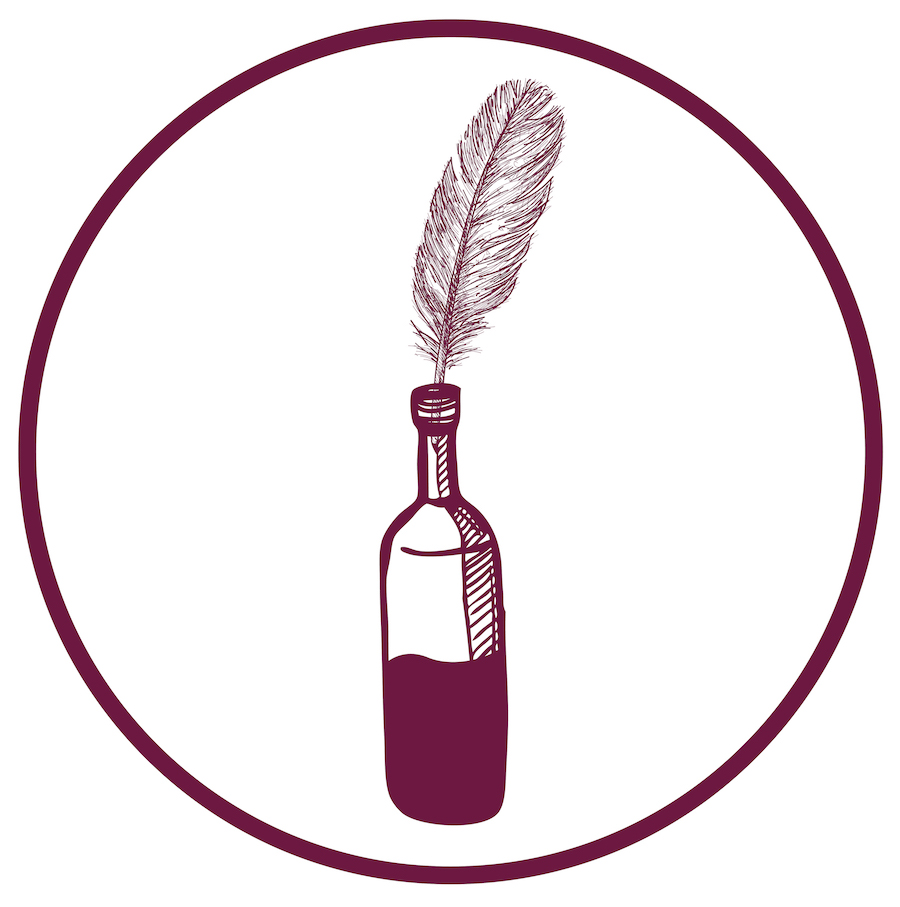Fire danger to vineyards in Australia
What’s the impact of Australia’s fires on winemaking? In our latest winemaker interview, we spoke with Australian winemaker Hugh Spinaze (Agnew Wines, Hunter Valley NSW) to get a first-hand account on destructive fires and the impact on local winemaking.
WS: Diving right in, how have the fires impacted your work in the winery / vineyard?
HS: The fires have had a massive impact on the [wine] industry this year not just for the Hunter Valley but all along the east coast of Australia with Adelaide coping the worst of the wild weather. Everyone’s yields are down due to the length of warm conditions leading into the growing season, there have been droughts before but not one for this length of time without any rainfall.
Smoke taint has been the number one topic for the last month with everyone in the area sending their fruit samples … to be analyzed for the major compounds that give the wine the smoke taint flavor. The levels vary a lot depending on location; if your vineyard is in a gully then your chances on having a higher level are a lot stronger.
The smoke was lingering in the Hunter Valley for 3 months straight with fresh smoke rolling in and out depending on the day. At its worst you couldn’t see more than 50 meters ahead of you. Some wineries made a public announcement that they won’t pick any fruit this vintage because of the fires; they don’t want their brand to be damaged.
It’s not until you live in a smoke-hazed, Mad-Max world where you can only see 50 meters ahead of you with ash falling from the sky for four months straight that you realize [climate change] is a real, immediate problem.
Hugh Spinaze, Winemaker in The Hunter Valley, Australia.
WS: We’re in the midst of the southern-hemisphere harvest; will anything be different about the typical winemaking approach and method?
HS: Definitely. Every year you should adapt to the climate around you and make what best suits the conditions. The smoke attaches itself to the sugar molecule in the pulp of the grape and also on the skins of the fruit so the further along the fruit is to the preferred ripeness the more perceptible the smoke is [on the finished product].
As the smoke is on the skins, we want to give the juice as little contact time with the skins as possible so for white varieties we treat them very lightly, only keeping the free-run juice that comes out of the press.
This year for the reds there will only be a few blocks that will be fermented on skins the rest will be treated like the white varieties, pressed off the skins and treated lightly and then blended to be made into Rose. We are using carbon at the juice stage during cold settling to strip the taint flavors that may show.
WS: Do you anticipate there to be any lasting effects in the future?
HS: The domino effect from this years extreme weather will be interesting to see. If there’s more extreme weather like this next season, there will be a lot of pressure on producers to stay afloat financially–in particular the smaller producers.
WS: Let’s talk about climate change: what are your thoughts on this and what is the impact on wineries in AU?
HS: I believe it has gone past the point of debate whether it is or isn’t real. The science and facts are there and scientists around the world agree that this is a global problem. However, it’s not until you live in a smoke-hazed, Mad-Max world were you can only see 50 meters ahead of you with ash falling from the sky for four months straight that you realize [climate change] is a real, immediate problem.
In the 1980’s, there was always the debate whether or not the first fruit of the year would be picked before or after Australia day which is on the 26th of January. This year we picked our first fruit on the 3rd of January and the year before that on the 8th due to the warmer temperatures .
WS: Can producers around the world be doing anything specifically to help protect their crop now and in the future?
HS: Reducing your carbon footprint in the vineyard and winery is something a lot of producers are taking seriously to protect their crop’s future. They need to be as self sustainable as possible and think about the impact they have on the land.





